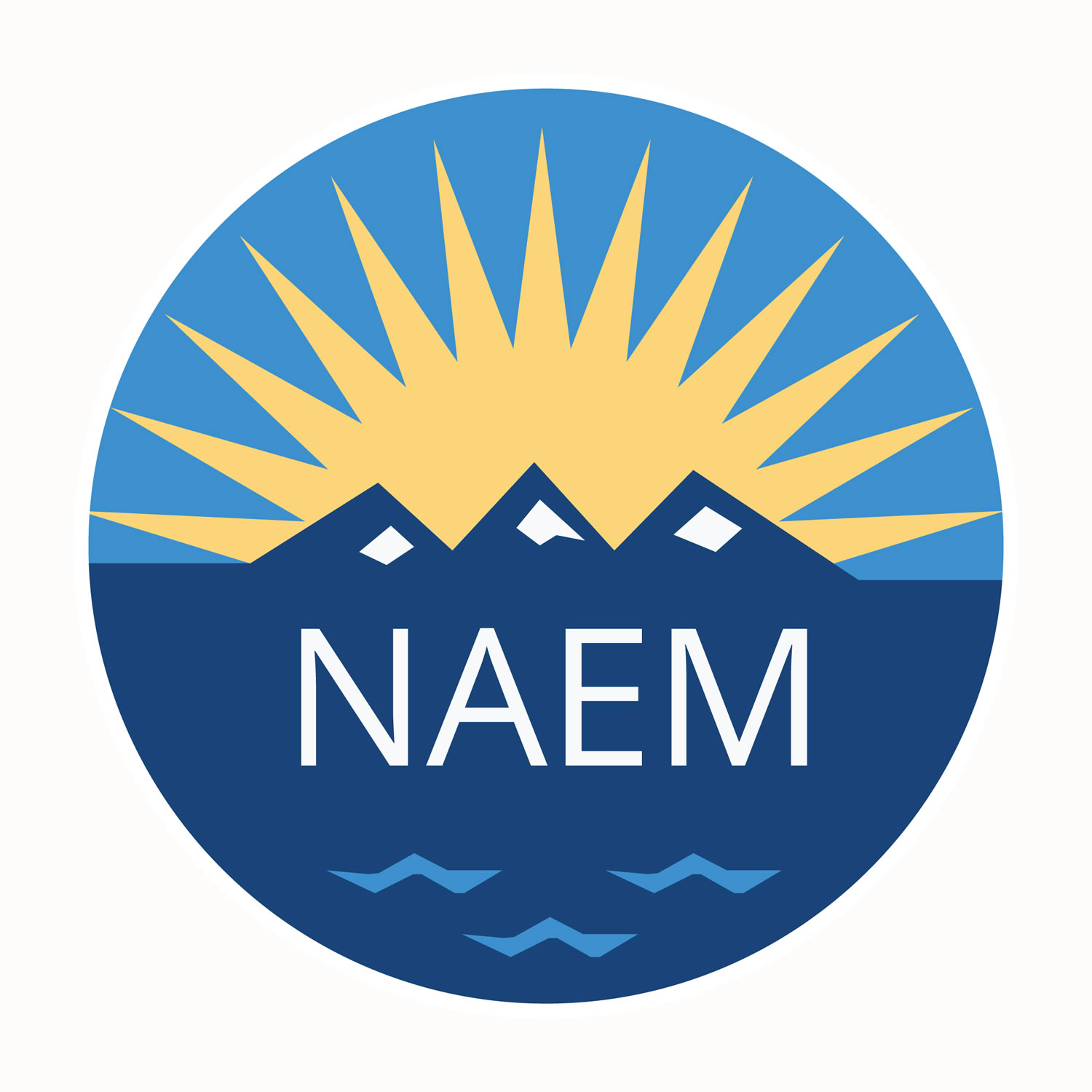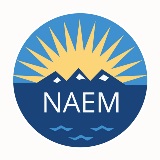Here Comes the Ampersand

Maribeth Malloy is not your traditional environment, health and safety (EHS) leader. But according to NAEM's research on how the profession has evolved, she may not be that unique, either.
Sitting within the 'ESH' group at Lockheed Martin Corp., Ms. Malloy's responsibilities include environmental compliance assurance, energy management, setting sustainability goals and sharing her environmental expertise with those who are developing new technologies for the company.
"I have worked really hard to develop a new relationship with the engineering and technology group," said Ms. Malloy, Director of Environmental Sustainability and External Engagement. "It gives us an opportunity to look at leading-edge actions or technologies that may nicely weave into sustainable solutions."
While 'beyond compliance' activities like these are often associated with sustainability, NAEM's 2012 survey of 199 "in-house" environmental professionals reveals that many of these initiatives are either led by, or involve the participation of, the EHS function.
The areas where EHS most often takes the lead are in carbon footprinting, sustainability strategy, external reporting, stakeholder engagement and setting sustainability goals, according to the survey.
In part, the expanded roles may be driven by how companies are organized. Among survey respondents, companies most frequently combine environment, health and safety (41 percent), or combine EHS with sustainability (41 percent). These consolidated functions often lead to broader sets of responsibilities.
Stand-alone sustainability departments, however, may also combine skills sets or trace their origins to strategic EHS initiatives from the past. This was the case at Haworth, where the company's sustainability function emerged from a more traditional environmental organization, according to Global Sustainability Manager Steve Kooy.
"Our environmental team, who was spending its time on environmental compliance, was able to respond and react and then to drive environmental initiatives such as simple ones like recycling and energy management, to the complex ones like design for the environment," he said.
As sustainability became more of a priority for the company and its clients, Mr. Kooy's group added a new strategic focus and got a new name.
"We split off and became more on a strategic side, carrying the environmental compliance with us. Eventually, we rolled up into our finance department and that was done to be more strategic and cross-functional, as opposed to being in the manufacturing group or marketing group [...] that might limit us to expand across present silos," he said.
Within most companies, however, sustainability is managed either through cross-functional team (36 percent) or by the EHS function itself (33 percent), according to the NAEM survey. And it may be this emphasis on cross-functional collaboration that is also broadening the aperture for EHS professionals.
At Lockheed Martin, Ms. Malloy says her team interacts with other functions in a variety of ways. The EHS function set the goals for its own sustainability-related programs, but coordinates those targets with both a cross-functional working group, as well as with the corporate office on sustainability. The corporate sustainability function is responsible for managing the external reporting and identifying opportunities for shared accountability on certain metrics.
"Certainly in ESH, we understand the long tail of cost and potential exposures, either to people or to the environment, associated with certain chemicals," Ms. Malloy explained. "So how does corporate ESH work with engineering development to get those materials out of our designs?"
Embedding environmental considerations into all aspects of the business is something The Boeing Co. has also made progress towards, according to Brian Burnikel, Senior Manager of EHS Environmental.
"The evolution that we see is the ability to work with other functions and integrate EHS better into the business," he said. "For us, looking at getting further up in the value chain is a lot of what's changed in the mindset and the skill set of our EHS professionals. We get a lot more leverage when we work upstream than when we fix things after a designed product is in production."
Part of this progress comes from having baked these concepts into the company's organizational structure, Mr. Burnikel said.
"All of our functions and business units uniquely and collective contribute to our ability to create and promote a sustainable future," he said. "Our EHS department itself leads our environmental strategy for our company and is also part of a cross-function, enterprise-wide effort that includes senior leaders from various parts of the business."
At the leadership level, the integration began in 2007, with the appointment of a Vice President of EHS. That position reports into the company's Executive Council by way of the Chief Technology Officer, who also oversees the engineering function. Mr. Burnikel says this ensures alignment between the company's product focus and its environmental objectives.
"Ultimately, it's our Executive Council that has accountability and authority over targets that are set at the company level. That's where the assurance of alignment occurs, because at the highest level of the company, the environment-related goals are approved and sponsored," he said.
This overarching approach has helped change how the company operates day-to-day, Mr. Burnikel
"By having a common EHS strategy, what that does is sets the expectation not just on EHS to push, but on other functions like engineering and product development to pull," he said.
And this, in turn, has shifted the role of the EHS function, he said.
"You become more of a resource and a coach and a teacher to the different functions such that they better understand environmental performance measures," he said. "There's a lot more education and a lot more EHS knowledge in our company [in] other functions as opposed to EHS knowledge residing with just EHS professionals."
Within Mr. Kooy's sustainability group at Haworth, his team likewise relies on diverse skill sets to drive its programs into business operations.
"There's room for a lot of different kinds of professionals in sustainability," he said. "We need our people who are going to sit in the background and crunch a lot of numbers and do a lot of technical work and just as important, we need that person in front to really drive the message home and seek alignment."
The company's decision to combine these practitioners into a single function has had benefits for both sides, he said.
"There is still a lot of technical information that we have to understand so that we can better relate with our engineers, with our manufacturing people on how to truly implement a strategic initiative," he said. "Having that background certainly helps us relate to those people much more so than say if I came in with a policy background alone."
On the EHS side, Ms. Malloy says that practitioners need to similarly enhance their technical expertise with a better understanding of the business strategy. As she points out, this should the ultimate goal of any leader, regardless of where they fit in the seating chart.
"I like to think of myself as a business professional," Ms. Malloy said. "I happen to work in an ESH function, I happen to work on sustainability, but I think about all this as business facilitation. How do we help the business grow?"
Topics:
Leadership & Careers
Related
About the Author

NAEM Staff
The National Association for Environmental, Health and Safety, and Sustainability (EHS&S) Management (NAEM) empowers corporate leaders to advance environmental stewardship, create safe and healthy workplaces and promote global sustainability. As the
leading business community for EHS&S decision-makers, we provide engaging forums, a curated network, peer benchmarking, research insights and tools for solving today’s corporate EHS&S management challenges. Visit us online at naem.org.

